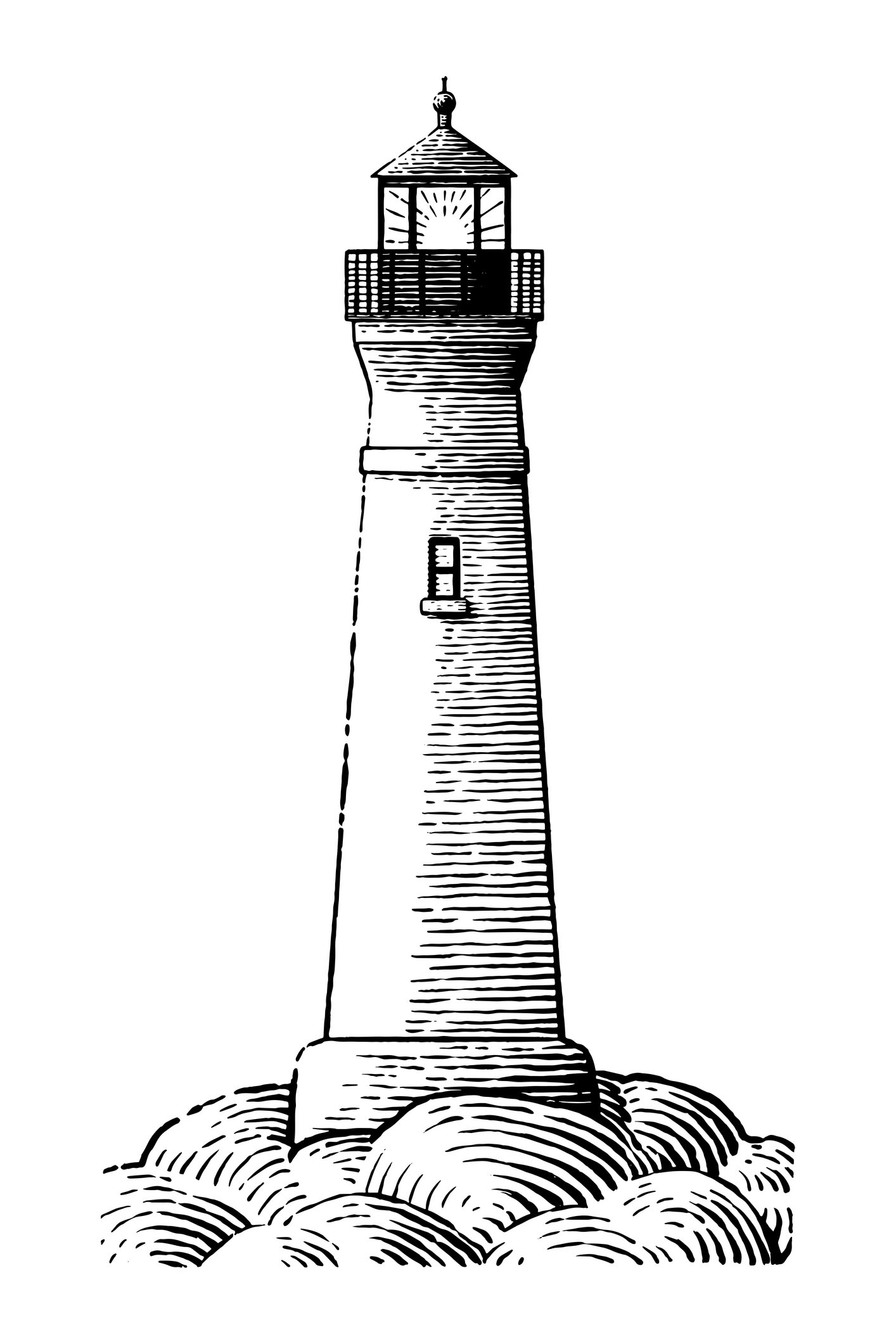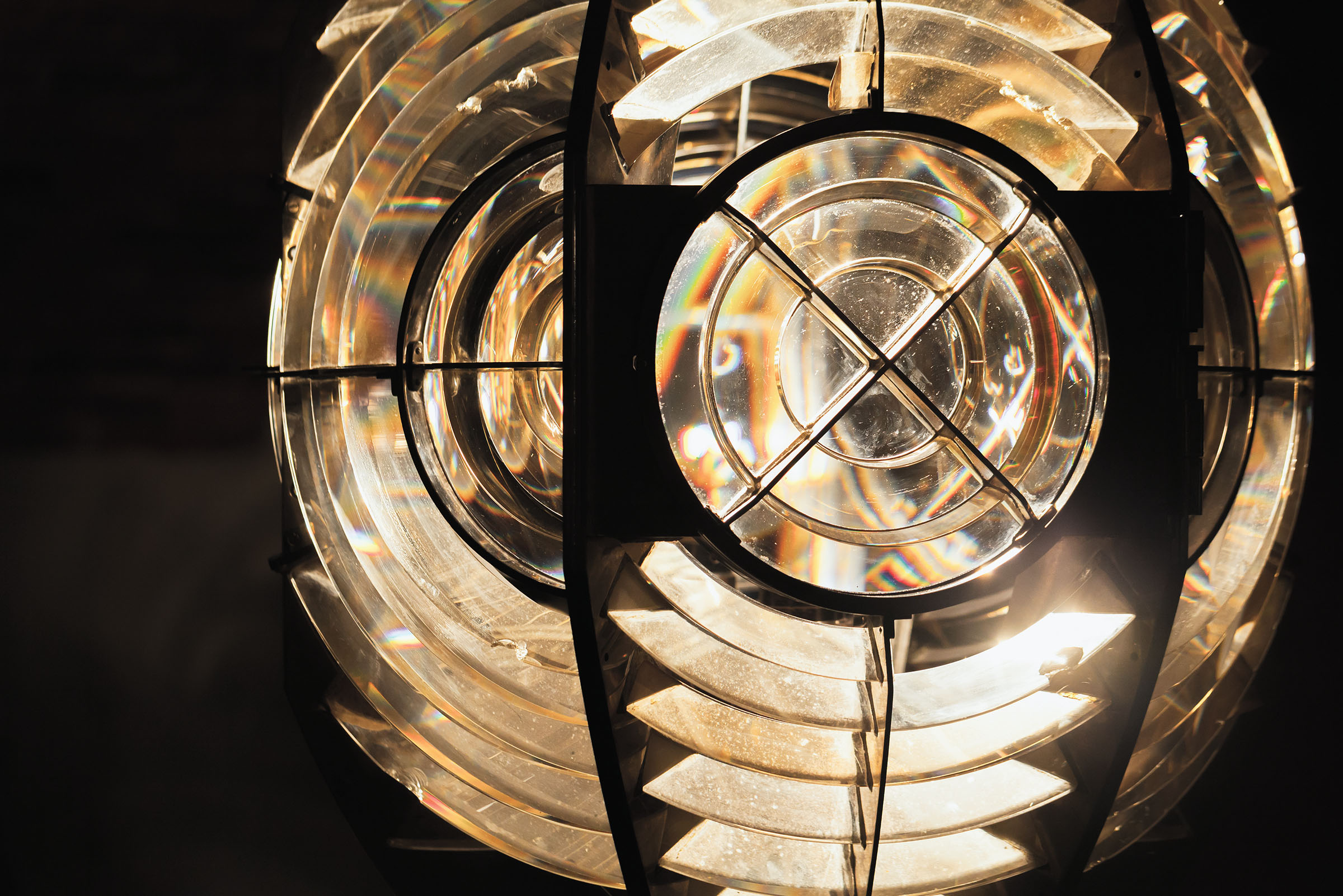Guiding Light
Maritime history shines bright at Texas’ coastal lighthouses
By Robyn Ross

Since the earliest explorers came to Texas, the shallow waters, sandbars, and oyster reefs of the Gulf of Mexico have posed hazards to seafaring vessels. To counter those risks and help sailors navigate narrow passages, the federal government built more than 20 lighthouses along the Texas coast starting in 1852. Now, only five remain.
Though monitored by lightkeepers, they were susceptible to all kinds of destruction. During the Civil War, when Union forces blockaded Texas ports, all lighthouses ceased navigational operation. Both sides used lighthouse towers as lookouts, and Confederate troops intentionally damaged towers to prevent the Union from using them. Later, hurricanes, fires, and constant exposure to saltwater weakened or destroyed many lighthouses. Others became obsolete as the coastline shifted.
By the mid-20th century, automated foghorns, radio signaling, and electric lightbulbs powered by generators largely replaced the work of lightkeepers. The state’s remaining lighthouses stand tall at Matagorda Island, Aransas Pass, Port Bolivar, Sabine Pass, and Port Isabel—a state historic site and the only Texas lighthouse open to the public.
Open Daily
10 a.m. to 9 p.m. from Memorial day to Labor Day 421 E. Queen Isabella Blvd., Port Isabel. 956-943-0735; portisabellighthouse.com

Keeping the Lights On
The Port Isabel Lighthouse, built in 1852, is the only publicly accessible Texas lighthouse. Visitors can climb the spiral staircase and two ladders to the top to see the reproduction lens and step onto an exterior catwalk for an unparalleled view of the Laguna Madre and South Padre Island. A reconstruction of the keeper’s cottage—four rooms that housed the lighthouse keeper, assistant keeper, their families, and for a time a U.S. customs agent—displays artifacts. On Thursday nights in June and July, visitors can watch family movies projected onto the side of the lighthouse.

72 feet
Height of the Port Isabel Lighthouse
750
Weight, in pounds, of the reproduction Fresnel lens in the Port Isabel Lighthouse
1852
Year the first Texas lighthouse was constructed
Illuminate the Past
In the early 1820s, French physicist Augustin-Jean Fresnel developed a new type of lens that significantly improved lighthouse visibility by using concentric circles and rows of prisms to concentrate and project light far out to sea. The Fresnel lens was widely adopted in European and North American lighthouses, including the Port Isabel Lighthouse. At just over 5 feet tall and 4 feet in diameter, the rotating lens flashed light visible for 16 miles. Although the original lens’ location is unknown, 19th-century documents showing its design survived. Over two windy and rainy days last November, a reproduction of the lens was installed in the tower. Workers lugged its components—which took craftsman Dan Spinella over six months to fabricate—up the 75 stairs and hoisted a larger piece with ropes into the lantern room.

The lens is built to rotate, but because the lighthouse is a historic site rather than a navigational aid, the U.S. Coast Guard recommended that it remain still instead of flashing a potentially confusing light at maritime traffic. “The lighthouse has been its own kind of beacon for all these years without the lens,” says Valerie Bates, the site manager and Port Isabel marketing director. “Now, it’s like it has its soul back.”
Room With a View
The 1881 manual Instructions to Light-Keepers explains what the federal Light-House Board expected of its employees.
![]()
Keep the light burning from sunset to sunrise.

Daily, remove dust from the lens with a feather brush, wipe it with a soft linen cloth, and polish it with a buffskin

Maintain exact records of supplies used, keep a daily log, and file monthly reports on the condition of the station.

Rescue shipwrecked people to the extent possible.

Offer curious visitors a free tour of the lighthouse, as long as it doesn’t interfere with light-keeping duties.








